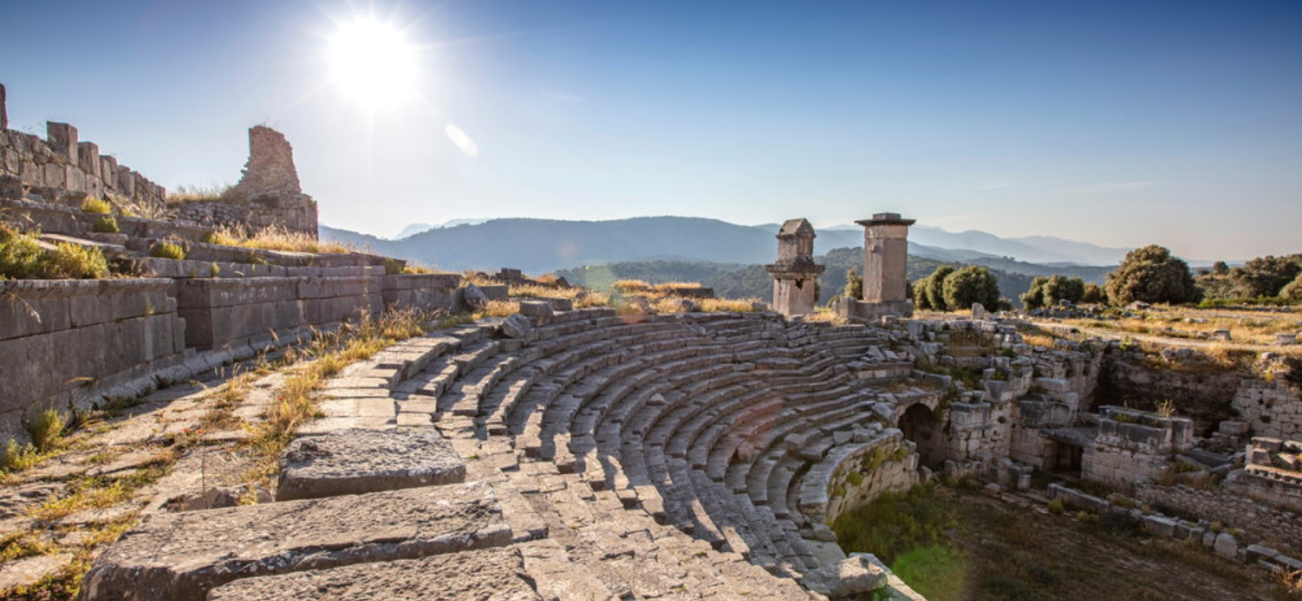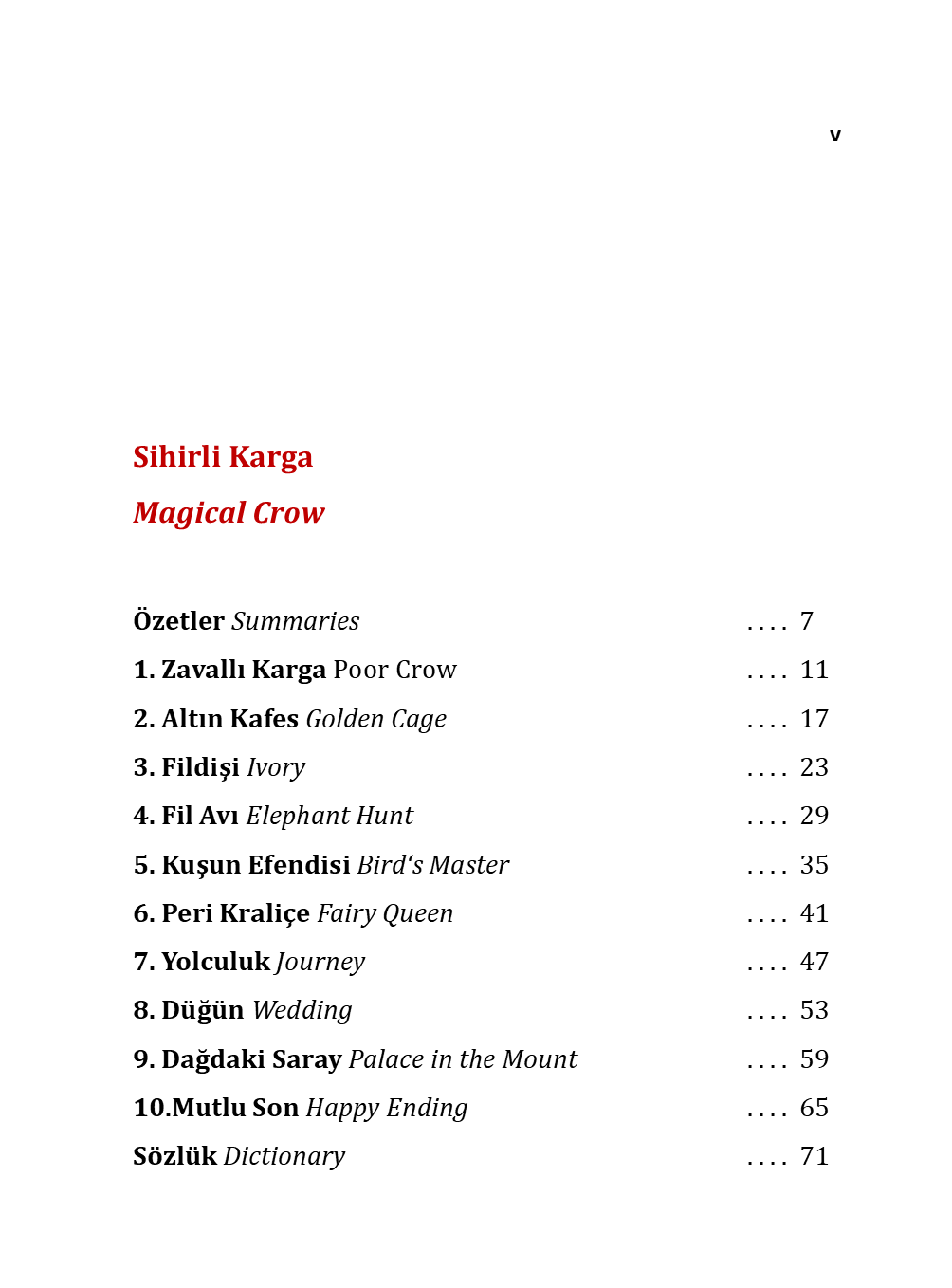
UNESCO World Heritage Sites in Turkey
Discover must-see UNESCO world heritage Sites in Turkey!
UNESCO World Heritage sites in Turkey are funded by the United Nations and depict the country's educational, cultural, and scientific past.
Anyone who knows the country well recognizes its complex history, which covers numerous civilisations, and visiting the World Heritage Sites in Turkey is a great way to get started.
Learning Turkish language? Become a member and get the full access to the bookstore - for 1 year!
UNESCO WORLS HERITAGE SITES IN TURKEY
Turkey has 18 UNESCO-listed historical sites, but don't expect the approval process is easy. Before an unified team can unanimously agree on their inclusion, application processes can take years.
Turkey has 77 sites on the tentative list, but let's take a look at the World Heritage Sites in Turkey that have been approved and are worth seeing.
A-Z World Heritage Sites in Turkey:
Ani Ruins, Kars
Ani, also known as the City of 1001 Churches, is located in the eastern part of Kars and is home to some magnificently preserved churches and mosques.
Its medieval building became more recognized in 2016, when UNESCO added it to their heritage list as the capital of the Armenian Bagratids kingdom.
100 Cool Things and Places in Turkey
Aphrodisias Ancient Site, School of Sculptors, Aydin
Aphrodisias was a school for sculptors in ancient Greece. Their quest for perfection led them to create some of the most magnificent statues, many of which may be seen in the on-site museum.
Aphrodisias received few visitors despite its proximity to Pamukkale, but its inclusion in 2017 changed everything.
Cumalikizik Village, Bursa
Bursa, the Ottoman Empire's first capital and ruling center, is now known not just for the Mount Uludag ski resort, but also for the ancient Ottoman and Selcuk architecture that can be seen in many of the city's buildings.
Old Ottoman houses in Cumalikizik village became a top tourist attraction for day-trippers from Istanbul.
Catalhoyuk Ancient Site, Konya
This treasured find, which dates back to 7500 BC, is the largest Neolithic site ever discovered.
It was added in 2012, and according to UNESCO, it reflects social customs from when humans migrated from a village to an urban lifestyle.
Divriği Mosque and Hospital, Sivas
The Divrigi mosque and complex, located in the Sivas province in eastern Turkey, was built in 1228.
Its ancient Islamic architecture is unique, but few people visit this area, keeping it underappreciated.
Diyarbakir Fortress and Hevsel Gardens, Diyarbakir
Diyarbakir fortress, which is on the Upper Tignes River Basin, has withstood the test of time as civilisations came and went.
The nearby Hevsel gardens, which served as a source of water and food, are also included in the cultural landscapes category.
Ephesus Ancient Site, Izmir
People were amazed for decades that Ephesus was not included as a highly visited attraction because it is one of the world's most famous historical sites.
Old Roman buildings, a Celsius library, and a vast theatre are among the structures to visit, which were finally approved in 2015.
Gobeklitepe, Sanliurfa
The most recent addition, Gobeklitepe, in 2018, upended everything historians thought they knew.
It depicts the life of people who lived 11,500 years ago and is best viewed as a day excursion from neighboring Sanliurfa.
Goreme National Park, Cappadocia
The most popular attraction in Cappadocia is a large collection of medieval monasteries and cave churches in the middle Anatolian region.
The best Byzantine frescoes were found in some of those antique churches, ensuring their inclusion.
Hattusa Ancient City, Corum
This historic Hittite empire's capital and ruling center is another off-the-beaten-path destination, yet visitors gain a fascinating glimpse into their culture, beliefs, and way of life.
The Sphinx Gate and the neighboring Yazilikaya rock sanctuary are two must-see attractions.
Istanbul Old City
The Blue Mosque, Hagia Sophia, and Topkapi Palace, where the Ottoman sultans ruled over their vast empire, are among the historical landmarks of Istanbul's old district.
These landmarks, located in Istanbul's Sultanahmet neighborhood, are the city's main attraction, attracting millions of people each year.
Mount Nemrut, Adiyaman
Mount Nemrut's statue heads, which house Antiochus' mausoleum, are a one-of-a-kind feature found nowhere else on the earth.
They sit on Mount Nemrut, displaying remnants of Greek and Persian culture and religion, and most visitors visit after sunset or sunrise for an extra unique spectacular view.
Pamukkale and Hierapolis Ancient Site, Denizli
Pamukkale, or "Cotton Castle," gets its name from the province's white, cottony appearance.
Nearby, the ancient city ruins of Hierapolis were once a popular spa for Roman soldiers, and today, the exquisite theatre is a must-see.
Pergamon Ancient Site, Izmir
The Hellenistic Theatre, the Trajan Sanctuary, and Athenium (Library) are among the monuments and constructions that date from 197 to 159 BC.
The steep theatre, located on the Izmir peninsula in Aegean Turkey, is frequently featured on postcards and in travel magazines as the best structure to visit.
Safranbolu Old Town, Karabuk
Tourists visit the old commerce route of Safranbolu on around-the-country trips because it is a lovely old town full of Ottoman Empire structural buildings like as mosques and residences.
Another reason to visit is the wonderful, locally made Turkish pleasure, which was inscribed in 1994.
Selimiye Mosque, Edirne
Selimiye Mosque and accompanying social complex were built in 1569 by Mimar Sinan, the Ottoman empire's most acclaimed architect.
Life in 16th-century Constantinople is depicted in the market, library, and Islamic schools.
Troy Ancient City, Canakkle
Many people thought Troy, as depicted by Homer in his book Iliad, was a myth for centuries until remnants uncovered in 1865 proved otherwise.
Unfortunately, items and treasures discovered during excavations were removed aboard, and the Turkish government has been attempting to recover them for many years.
Xanthos and Letoon Ancient Sites, Antalya
Letoon and Xanthos, located side by side in Mediterranean Turkey, were the capitals of the Hellenistic Lycian kingdom.
Visitors can stay overnight at nearby Patara, Kas, or Fethiye and visit the site on a day trip.
Enjoy your trip to Turkey!













